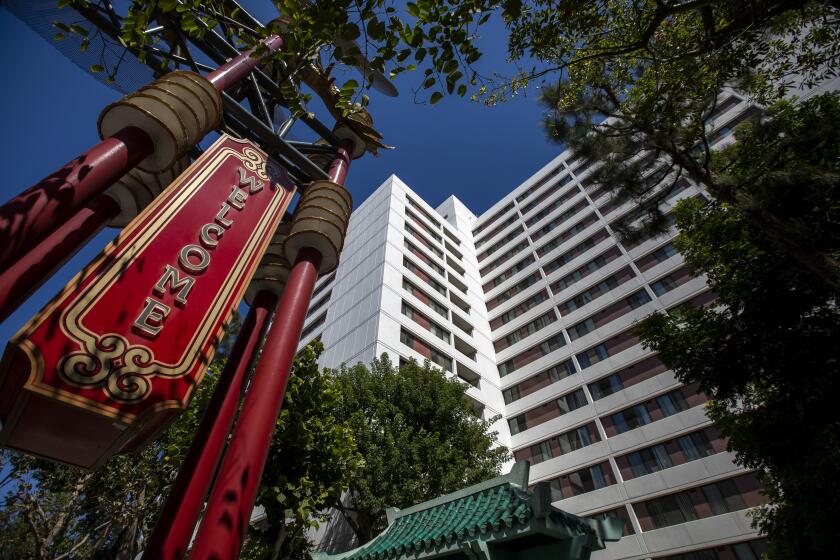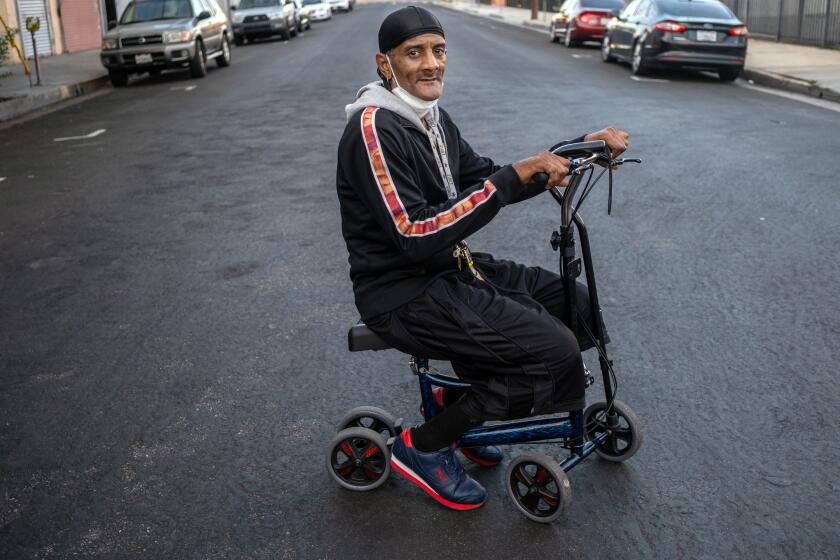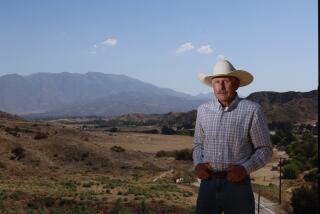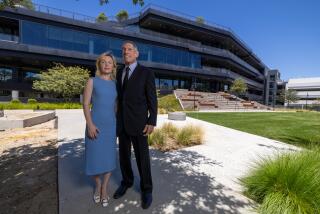Proposed USC research facility revives worries of gentrification on L.A.âs Eastside
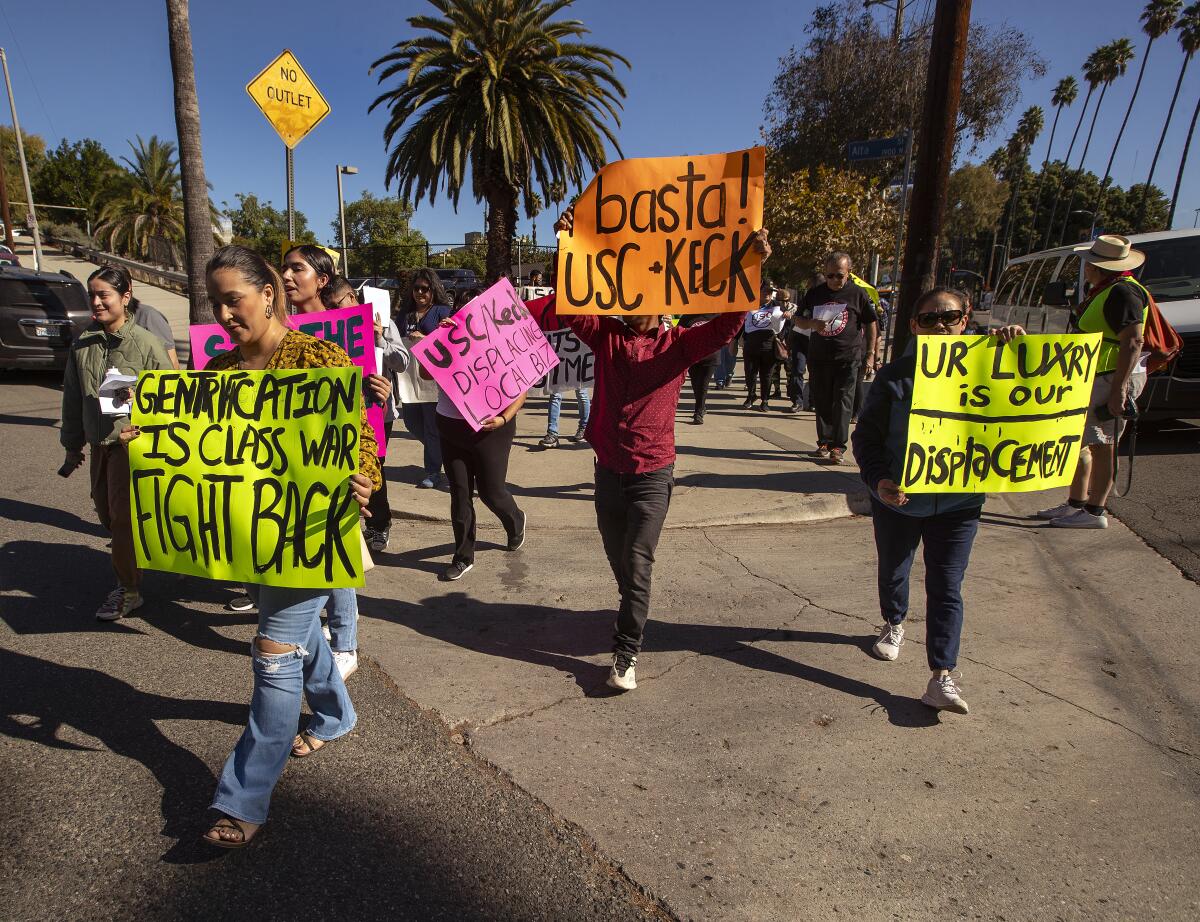
For some Eastside residents and local organizers, a proposed research facility at USCâs Health Sciences Campus in Boyle Heights is the latest example of a decades-long wave of gentrification spurred in part by the growth of the private university.
About 50 demonstrators marched last week in protest of USCâs proposed 202,000-square-foot, seven-story Discovery and Translational Hub, a research and laboratory space that would include a lecture hall, a âgrab and goâ cafe and vending machine area, a biorepository, a medical chemistry core lab and an array of collaboration, meeting and support spaces.
Protesters believe the project will help price out residents of Boyle Heights, Lincoln Heights, Ramona Gardens and El Sereno neighborhoods, worried about the effects of an influx of more affluent researchers and the universityâs expanding footprint.
âFor more than 100 years, USC has come into our communities of South Central and Boyle Heights expanding their campuses without any accountability to our laborers, workers or community needs,â said Cinthia Gonzalez, a community organizer with the anti-gentrification group Eastside LEADS. âWe say, no more.â
As rents rise, organizers are looking toward community land trusts as a possible way forward.
Vetelio Frances, 73, a member of the California Gig Workers Union and a former Lincoln Heights resident, said he joined Wednesdayâs protest because he wants the university to respect the community, especially the retired population. He still visits family in Lincoln Heights but said he moved to Lancaster because he could no longer afford to live in the area.
âThey want to build their facility here that will bring in more people, and already houses and rentals are out of reach for the community that has lived here for years,â Frances said in Spanish.
âAt this age it isnât possible to move [to another city] and start over,â he said.
On Thursday, the Los Angeles city planning commission met and discussed USCâs application for a conditional use permit for the facilityâs construction.
Dr. Thomas Buchanan, vice dean for research at the USC Keck School of Medicine, said the proposed building is part of the universityâs commitment to serving local communities.
âWe wanted to expand our ability to improve the health [and] address health disparities of our communities through research,â Buchanan said.
Twenty-two Skid Row Housing Trust tenants lost their homes in a fire in February. Residents remain scattered and scarred, unable even to recover most of their possessions.
Buchanan noted that he has spent the last 30 years studying the evolution and prevention of Type 2 diabetes in young Latina women and is committed to biomedical research that will improve the lives of patients.
With the establishment of the research facility, Buchanan said, the university wants to double the amount of research in the next âseven to 10 years to make bigger and faster advances for patients and communitiesâ in Los Angeles.
Supporters who spoke during the meetingâs public comment period included community members, construction unions including Laborersâ Local 300, USC medical staff, the Boyle Heights Chamber of Commerce and the Lincoln Heights Chamber of Commerce.
Luce Lopez, a survivor of cancer, said she received treatment from Keck Hospital and is thankful for the doctors who treated her. After recently losing her son to diabetes, she said, she feels her âgrandchildren deserve a hospital like Keck Hospital.â
âThey will grow up in a world that will have more medical options, and I know the research at this building will save many lives,â Lopez said.
The South L.A. neighborhood is being remade as a Black-owned corridor for culture. But last weekâs chaotic Juneteenth festival shows it wonât be easy.
Planning commission President Samantha Millman noted that the housing pressures and gentrification on the Eastside canât be addressed by USC alone, even if it follows through on its commitments to the community.
âI see that USC is making their commitments that I am sure will be followed through on, because itâs the reputation of USC at stake when you donât, but it doesnât end with USC to solve these huge systemic issues of gentrification that we are seeing in our communities,â Millman said.
The planning commission pushed the agenda item on USCâs conditional use permit to its Dec. 7 meeting, citing a lack of information on housing effects in the environmental impact report.
More to Read
Sign up for Essential California
The most important California stories and recommendations in your inbox every morning.
You may occasionally receive promotional content from the Los Angeles Times.
